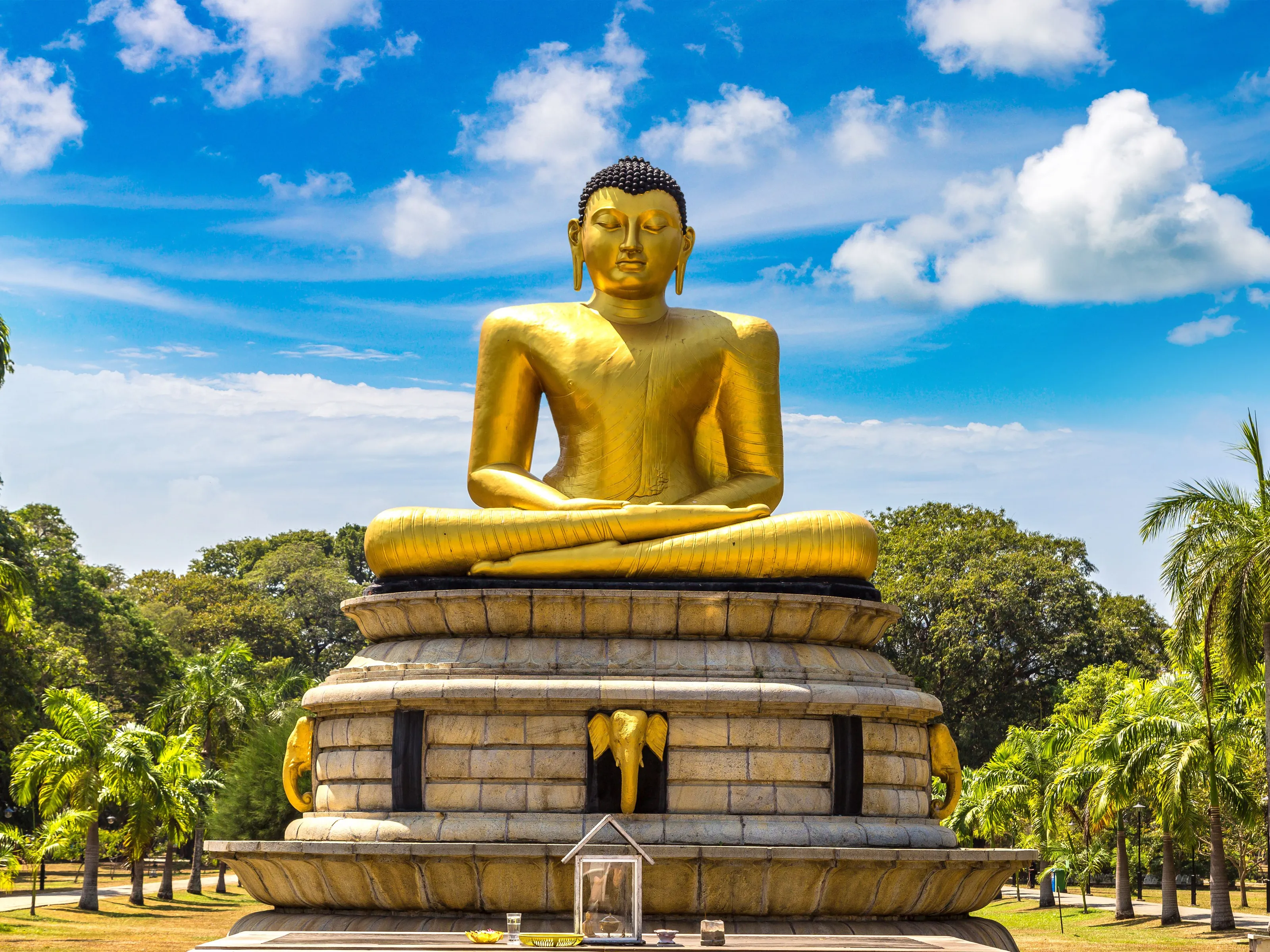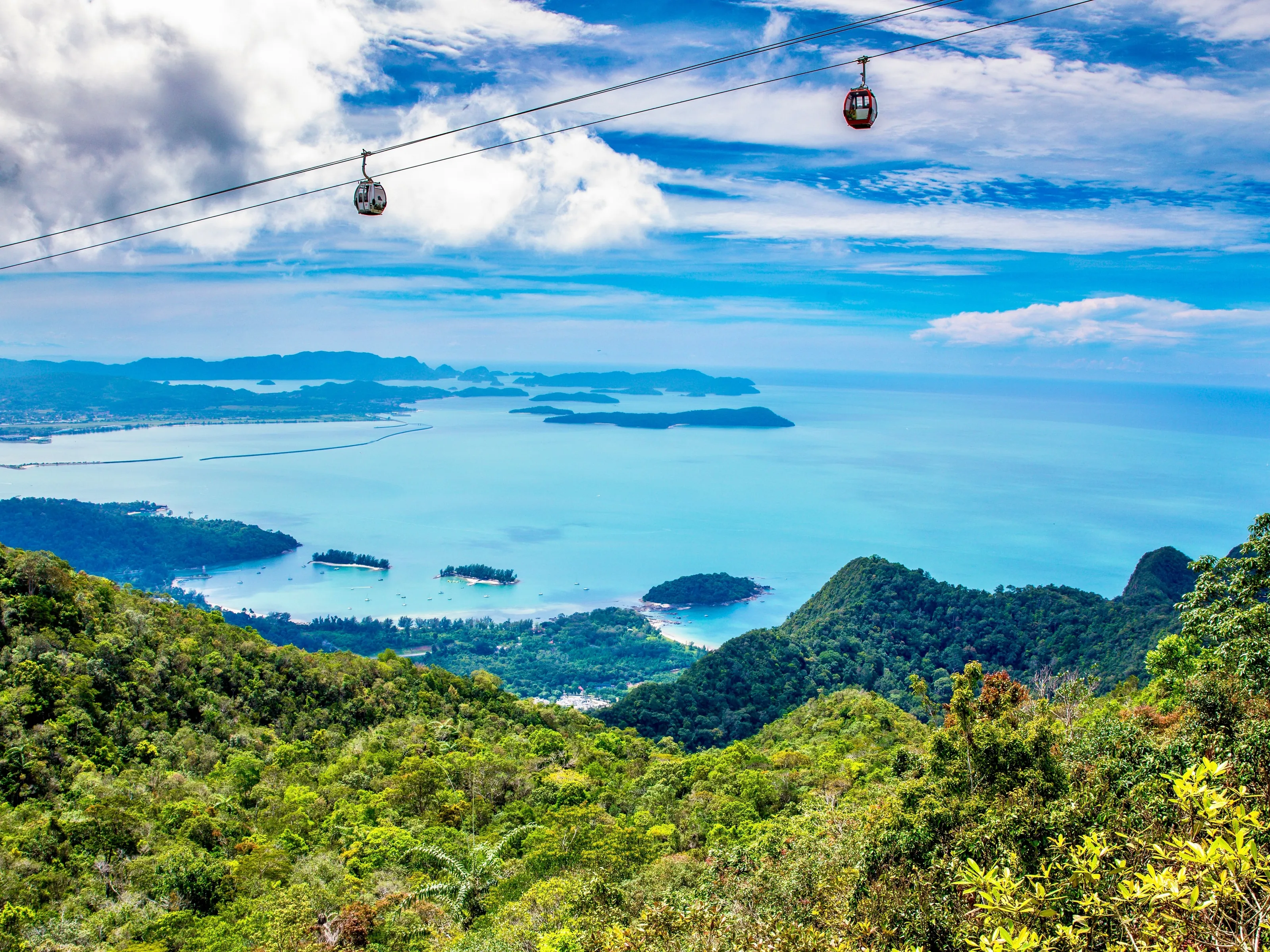Why Visit Goa?
Goa enchants as India's smallest state where 100km of Arabian Sea coastline alternates between palm-fringed beaches hosting legendary sunset parties, Portuguese colonial churches (UNESCO heritage), spice-scented villages, and a uniquely relaxed culture shaped by 450 years of Portuguese rule that ended only in 1961—making Goa feel less 'India' and more 'tropical fusion' where beef vindaloo and pork sausages appear on menus (rare in Hindu-majority India), churches outnumber temples, and siesta culture persists. The state (pop. 1.5 million) divides into North and South Goa, each with distinct personalities: North Goa (Anjuna, Vagator, Arambol, Morjim) attracts backpackers, party-seekers, and long-term travelers with beach clubs, trance parties, hippie flea markets, and cheaper guesthouses, while South Goa (Palolem, Agonda, Patnem) offers quieter beaches, upscale resorts, family-friendly atmosphere, and 'slow living' vibes.
Anjuna Beach's Wednesday Flea Market sells everything from Tibetan jewelry to goa trance CDs amid Bob Marley tributes and chai stalls, while Anjuna and Vagator host beach clubs (Shiva Valley, Hilltop) throwing parties that run dawn to dusk with international DJs spinning psytrance, techno, and house. Palolem Beach's crescent bay lined with bamboo beach huts delivers postcard perfection—calm waters, 'silent headphone parties' (post-10pm noise restrictions mean clubbers wear wireless headphones), kayaking to Butterfly Beach, and Agonda's emptier sands 10km south for total peace. Old Goa (Velha Goa, 10km from Panaji capital) preserves 16th-17th century Portuguese grandeur: Basilica of Bom Jesus (UNESCO) holds St.
Francis Xavier's relics, Se Cathedral is Asia's largest church, and baroque architecture transports visitors to Lisbon. Panaji (Panjim) itself charms with pastel Portuguese houses in Fontainhas quarter, riverside promenade, and Latin Quarter cafés. The food scene balances Indian and Portuguese fusion: vindaloo (from 'vinho de alhos', wine-garlic marinade), xacuti coconut-based curries, bebinca layered dessert, fresh seafood grilled at beach shacks (kingfish, prawns, crab), and feni cashew/coconut spirit.
Spice plantations inland (Ponda area, $15–$20 tours) showcase cardamom, vanilla, pepper, and serve traditional Goan lunches. Water sports proliferate: parasailing ($15), jet-skiing ($20), scuba diving ($40–$80 Grande Island), and dolphin-watching trips ($10–$15). The best months (November-March) bring dry, sunny weather (25-32°C), avoiding monsoon (June-September, heavy rains, beaches closed, everything cheaper but limited) and brutal pre-monsoon heat (April-May, 35-40°C).
With budget-friendly prices (beach huts $10–$30/night, seafood dinners $5–$10 beers $2–$3), English widely spoken (Portuguese-era education + tourism), e-Visa for many nationalities ($10–$80 depending on duration and season), and uniquely un-Indian atmosphere (beef eating, bikinis on beaches, alcohol everywhere—not typical India), Goa delivers tropical beach escape with Indian spice but European-colonial ease.
What to Do
North Goa Party Scene
Anjuna & Vagator Beach Clubs
Legendary party beaches—Shiva Valley, Hilltop, Curlies host DJs spinning psytrance, techno, house from sunset to sunrise. Entry ₹500–1,000 depending on event. Best season December–February. Wednesday Anjuna Flea Market (9am–sunset) sells jewelry, clothes, crafts under palm trees. Sunset at Vagator cliffs FREE. Beach shacks serve beer (₹150–300) and fresh seafood. Backpacker central—scooters, dreadlocks, barefoot vibes.
Arambol & Hippie Culture
Bohemian beach 40 minutes north. Drum circles at sunset (FREE—join in). Sweet Water Lake behind beach (10-minute walk through palms to freshwater lagoon). Paragliding (₹2,000–3,000), yoga shalas, long-term travelers. Less party, more spiritual/alternative. Beach lined with shacks. Best afternoon through sunset (4–7pm). Most laid-back vibe in Goa.
Saturday Night Market (Arpora)
Evening market (6pm–midnight Saturdays only, closed monsoon). Free to enter, though you might pay for parking. Live music, food stalls, handicrafts, hippie goods. More curated than Anjuna flea market. Popular with tourists and expats. Near Baga. Taxi from Anjuna 20 minutes (₹300–400). Alternative to beach partying—family-friendly. Browse, eat, shop 2–3 hours.
South Goa Beaches
Palolem Beach
Crescent bay—postcard perfection with palm-lined white sand and calm waters. Beach huts ₹800–2,500/night line the shore. Swimming safe (no big waves). Kayak to Butterfly Beach (₹800 return with guide). 'Silent parties' after 10pm (wireless headphones—noise restrictions). Best sunset (6–7pm from beach). Most popular South Goa beach—crowded but beautiful. Yoga, massage on beach.
Agonda & Patnem Beaches
Ultra-quiet alternatives to Palolem—10km south. Agonda: 3km of empty sand, perfect for total relaxation, hammocks, book-reading. Patnem: small village beach, family-friendly, few huts. Both FREE access. Swimming safe. Almost no nightlife (just what you want). Best for peace-seekers, couples, digital nomads. December–February ideal. Scooter from Palolem 15 minutes.
Portuguese Heritage & Culture
Old Goa Churches (UNESCO)
16th–17th century Portuguese capital—baroque churches rival Lisbon. Basilica of Bom Jesus (free entry; small fee only for the attached museum/gallery) holds St. Francis Xavier's relics. Se Cathedral (free entry, Asia's largest church). Both require modest dress (shoulders/knees covered). Allow 2–3 hours for church cluster. Best morning (9–11am) before heat. 10km from Panaji, 30-40 minutes from North Goa beaches by scooter. Essential history contrast to beach life.
Panaji & Fontainhas Quarter
Goa's capital—small, walkable. Fontainhas Latin Quarter has pastel Portuguese houses, narrow lanes, art galleries. FREE walking tour. Church of Our Lady of Immaculate Conception overlooks main square. Riverside promenade, cafés. Best afternoon (3–6pm) exploring lanes and café stops. 30-minute scooter from North beaches. Less touristy, authentic Goan urban life. Good lunch stop.
Spice Plantations
Working organic farms in Ponda region (1 hour inland). Direct plantation tours around ₹400–500 per person (~$5–$6) include guided walk through cardamom, vanilla, black pepper, nutmeg, cacao plants, plus traditional Goan buffet lunch. Full-day private tours from coast that include spice farm plus Old Goa run $40–$90 Takes half day. Book through hotel or online. Best morning (9am start). Educational and delicious. Escape beach scene—see rural Goa.
Gallery
Travel Information
Getting There
- Airports: GOI
Best Time to Visit
November, December, January, February, March
Climate: Tropical
Weather by Month
| Month | High | Low | Rainy days | Condition |
|---|---|---|---|---|
| January | 30°C | 21°C | 0 | Excellent (best) |
| February | 31°C | 21°C | 0 | Excellent (best) |
| March | 31°C | 23°C | 0 | Excellent (best) |
| April | 32°C | 25°C | 1 | Good |
| May | 32°C | 27°C | 4 | Good |
| June | 28°C | 25°C | 30 | Wet |
| July | 27°C | 25°C | 31 | Wet |
| August | 27°C | 25°C | 31 | Wet |
| September | 27°C | 25°C | 28 | Wet |
| October | 28°C | 24°C | 23 | Wet |
| November | 32°C | 23°C | 1 | Excellent (best) |
| December | 32°C | 22°C | 2 | Excellent (best) |
Weather data: Open-Meteo Archive (2020-2024) • Open-Meteo.com (CC BY 4.0) • Historical avg. 2020–2024
Budget
Excludes flights
Visa Requirements
Visa required
💡 🌍 Traveler Tip (November 2025): November 2025 is perfect for visiting Goa!
Practical Information
Getting There
Goa International Airport (Dabolim, GOI) is in central Goa. Prepaid taxis: to main North Goa beaches ₹1,200-1,700/$14–$21 (45-90min), to far South Goa spots like Palolem/Patnem around ₹2,000-2,500/$24–$30 (1-2hrs). Buses cheaper but slow. Trains from Mumbai (12hrs overnight, ₹500-2,000/$6–$24), Bengaluru (15hrs). Most fly from Delhi/Mumbai (1-2hrs, ₹3,000-8,000). International flights from Gulf, Russia, UK (seasonal charters).
Getting Around
Scooter rental is Goa life—₹300-500/$4–$6/day, petrol cheap, freedom to explore. International license recommended (rarely checked but legally required). Wear helmet (₹1,000 fine). Taxis expensive, meter-less (negotiate). Auto-rickshaws available but limited on beaches. Buses cheap (₹10-50) but infrequent, slow. Motorcycle taxis (pilots) for short trips (₹50-200). Between North-South: taxi ₹1,500-2,000 (1.5hrs), or rent scooter and ride coastal roads. Walking along beach strips. Most rent scooters—essential for Goa freedom.
Money & Payments
Indian Rupee (INR, ₹). Exchange: $1 ≈ 90 ₹, $1 ≈ 83 ₹. ATMs plentiful on main beaches. Cards accepted at hotels, upscale restaurants, not at beach shacks/markets. Carry cash for daily needs. Tipping: ₹50-100 for service, 10% restaurants (not mandatory), round up. Bargaining expected at flea markets, not restaurants. Budget ₹1,500-3,000/day for mid-range living. Very affordable.
Language
Konkani is local language. Marathi also spoken. English widely understood—Goa most English-fluent Indian state (Portuguese education legacy + tourism). Hindi works too. Restaurant menus in English. Young Goans speak excellent English. Communication effortless. Portuguese still visible on signs, church names. 'Susegad' = Goan concept of laid-back living (no Hindi/English equivalent).
Cultural Tips
Goa is India-lite: beaches allow bikinis (not elsewhere in India), alcohol everywhere (not typical), beef/pork on menus (religious tolerance from Portuguese influence), more liberal. Still: modest dress in churches/villages (cover shoulders/knees), remove shoes at temples. Beach parties: drugs illegal (police raids common, fines/arrests), don't leave drinks unattended. Scooter: always wear helmet (₹1,000 fine + safety), license checks occasional, drive defensively (cows cross roads, potholes). Respect locals—Goans tired of bad tourist behavior (noise, drugs, disrespect). Tipping appreciated (low wages). Bargain at markets, not restaurants. Susegad pace—embrace slow living, 'tomorrow' means maybe. Siesta 1-4pm (shops close). Parties: beach parties end 10pm (noise rules, move to clubs), 'silent parties' with headphones popular. Hippie culture: remnants from 60s-70s scene, flea markets still groovy. Plastic bags banned—bring reusable. Sun protection: SPF 50+, UV intense.
Perfect 7-Day Goa Itinerary
Day 1: Arrive North Goa
Day 2: Anjuna Flea Market & Party
Day 3: North Goa Beaches
Day 4: Old Goa & Panaji
Day 5: Transfer to South Goa
Day 6: South Goa Relaxation
Day 7: Spice Plantation & Depart
Where to Stay in Goa
Anjuna & Vagator (North)
Best for: Beach parties, flea markets, backpackers, trance scene, hippie culture, nightlife, scooter crowd
Arambol (North)
Best for: Bohemian vibe, drum circles, long-term travelers, yoga, laid-back, alternative scene
Palolem (South)
Best for: Crescent bay, beach huts, quieter parties, family-friendly, scenic, most popular South beach
Agonda & Patnem (South)
Best for: Ultra-quiet, pristine sands, relaxation, yoga, couples, total peace, empty beaches
Frequently Asked Questions
Do I need a visa to visit India/Goa?
What is the best time to visit Goa?
How much does a trip to Goa cost per day?
Is Goa safe for tourists?
North Goa or South Goa—which is better?
Popular Activities
Top-rated tours and experiences in Goa
Ready to Visit Goa?
Book your flights, accommodation, and activities






